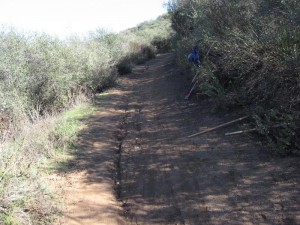It’s the time of year again when many people make resolutions to improve their health and fitness. This year, the Santa Monica Mountains Cyclery (SMMC) aims to make it just a bit easier. When a resolute customer buys a bike from SMMC before January 22nd, he or she will have the opportunity to earn $0.10 per mile for every mile ridden on that bike in 2012.
“We know that many people out there want to improve their fitness and maybe lose a few pounds, and we just want to give them a little nudge in the right direction,” says David Kooi, owner of SMMC. “Cycling is one of the easiest ways to exercise. It’s a low-impact sport that eats up calories and builds strength, stamina, and cardiovascular fitness.”
Under the program, participants will log their miles at Strava.com, a social training website, using GPS devices. Twice during the year, SMMC will reward participants with gift cards for the miles they have ridden. “A simple training plan that consists of 3 rides per week averaging 20 miles per ride will reward the customer with more than $300 for the year. When you can buy a quality fitness bike for $750 these days, that’s significant savings for the consumer,” says Kooi. Participants can earn up to 50% of the original bicycle purchase price.
About Santa Monica Mountains Cyclery: The Santa Monica Mountains Cyclery is located at 21526 Ventura Blvd in Woodland Hills, California, and serves residents of the San Fernando Valley, including Woodland Hills, Calabasas, Tarzana, Encino, Sherman Oaks, West Hills, Agoura Hills, Topanga, Malibu and others. SMMC presents a selection of the finest road and mountain bikes available, as well as quality bikes for getting around town and to and from work. SMMC has an extensive selection of clothing, parts, and accessories – everything you will need to get riding safely, quickly, and stylishly down the road or trail. SMMC also performs bike repair, tune-ups, and maintenance and has a full bicycle fitting studio. More information at http://www.smmcyclery.com or call 818-453-3204.
From PRWeb.com


![polaski[1]](http://corbamtb.com/news/wp-content/uploads/2011/10/polaski1.gif)
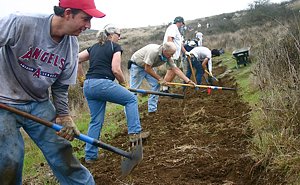 This annual Conejo Valley event draws a large crowd and as always helps to put some very sweet trails back into good shape. Be sure to stay afterwards for the free lunch and raffle. Meet at the Conejo Community Center in Thousand Oaks (Botanical Garden Entrance off Gainsborough Road). Registration and board busses: 7:00-8:00 a.m. Things to bring:
This annual Conejo Valley event draws a large crowd and as always helps to put some very sweet trails back into good shape. Be sure to stay afterwards for the free lunch and raffle. Meet at the Conejo Community Center in Thousand Oaks (Botanical Garden Entrance off Gainsborough Road). Registration and board busses: 7:00-8:00 a.m. Things to bring: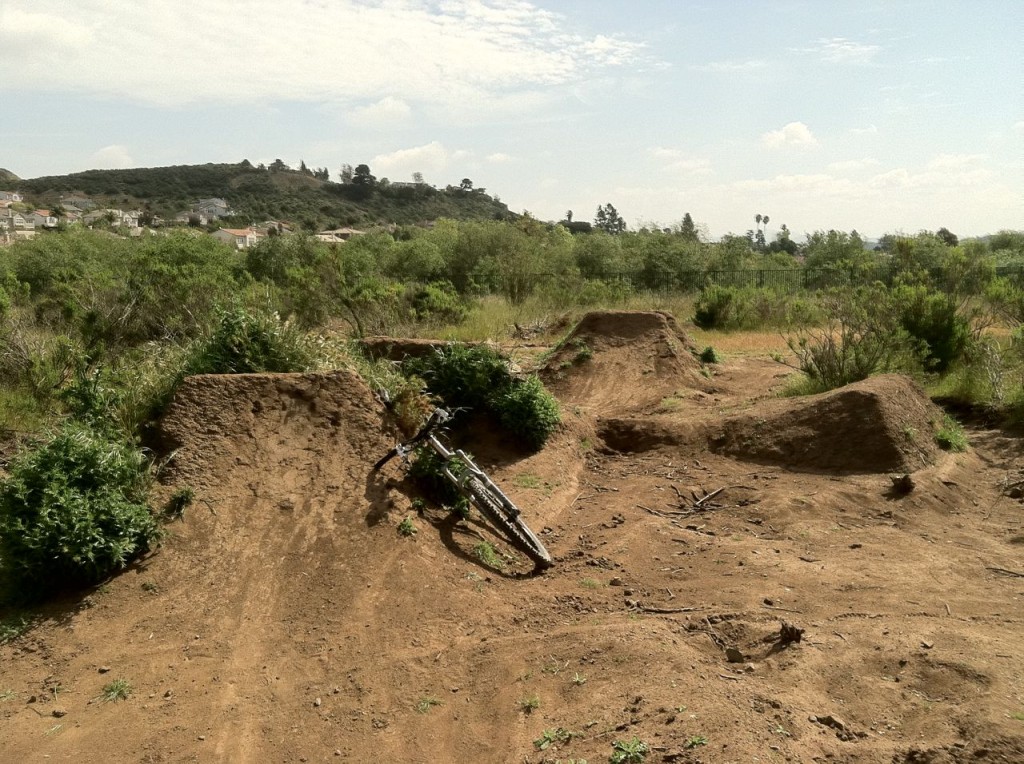

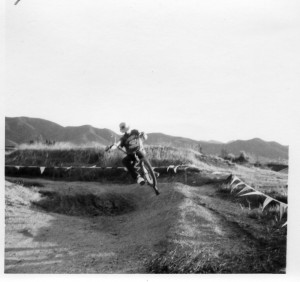
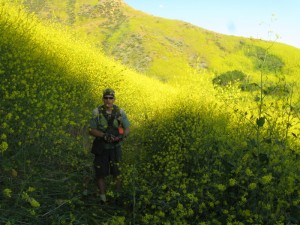
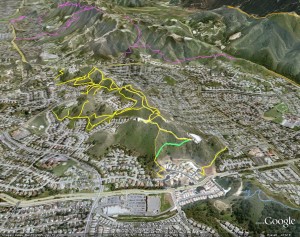

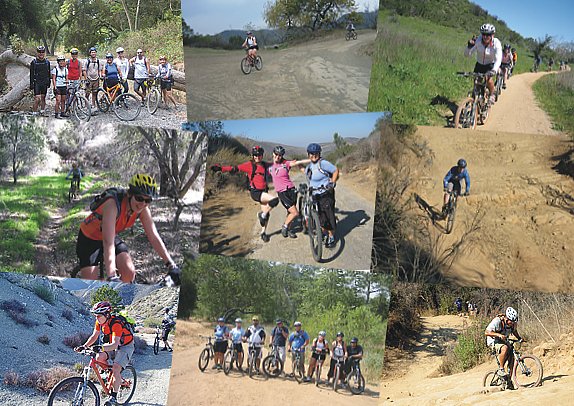
 Most trails in our local riding area don’t respond well to rain. They have a high content of clay that turns into sticky, slippery muck that binds to everything it touches. It builds up on the tires, like a snowball rolling downhill, until it jams on the frame and the wheels won’t budge. Some models of clipless pedals refuse to yield when full of this mud, resulting in the bike and the attached rider lying sideways in a puddle.
Most trails in our local riding area don’t respond well to rain. They have a high content of clay that turns into sticky, slippery muck that binds to everything it touches. It builds up on the tires, like a snowball rolling downhill, until it jams on the frame and the wheels won’t budge. Some models of clipless pedals refuse to yield when full of this mud, resulting in the bike and the attached rider lying sideways in a puddle.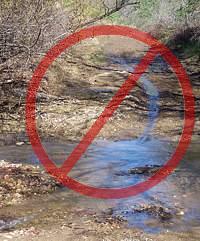 On wet trails, bikes make grooves down the middle. These grooves collect water when it rains again, turning first into little channels to move the water downhill, then into little ruts, then large ruts that destroy the trail. You’ve heard about the beat of a butterfly wing that causes a hurricane? Then remember the tire track that turns a tail into one large rut!
On wet trails, bikes make grooves down the middle. These grooves collect water when it rains again, turning first into little channels to move the water downhill, then into little ruts, then large ruts that destroy the trail. You’ve heard about the beat of a butterfly wing that causes a hurricane? Then remember the tire track that turns a tail into one large rut!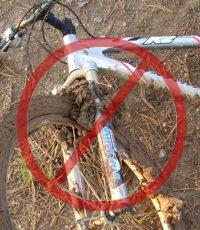 And the mud is particularly hard to remove. It sticks to the bike and shoes, no matter the efforts to remove it, rubbing off on the bike rack, car carpet and floor pedals. Once home, it takes the careful use of a garden hose to remove the mud but not force water into the sensitive parts of the bike.
And the mud is particularly hard to remove. It sticks to the bike and shoes, no matter the efforts to remove it, rubbing off on the bike rack, car carpet and floor pedals. Once home, it takes the careful use of a garden hose to remove the mud but not force water into the sensitive parts of the bike.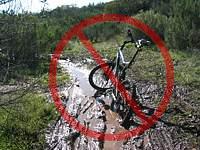 But if the trails are soaking, all is not lost if you need to ride! There are a few trails that hold up well when wet because they have more sand and rock that doesn’t hold the water. Here are a few you should know about:
But if the trails are soaking, all is not lost if you need to ride! There are a few trails that hold up well when wet because they have more sand and rock that doesn’t hold the water. Here are a few you should know about: